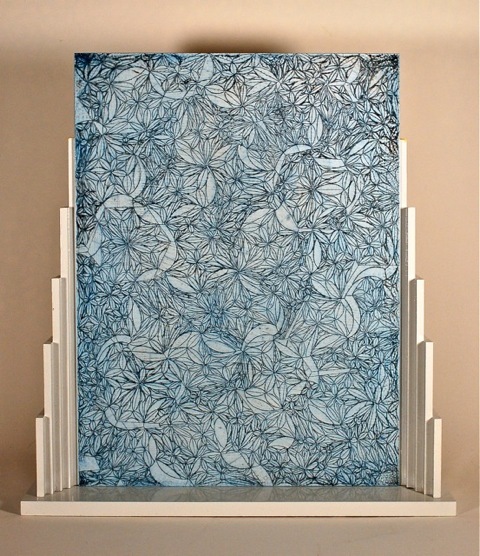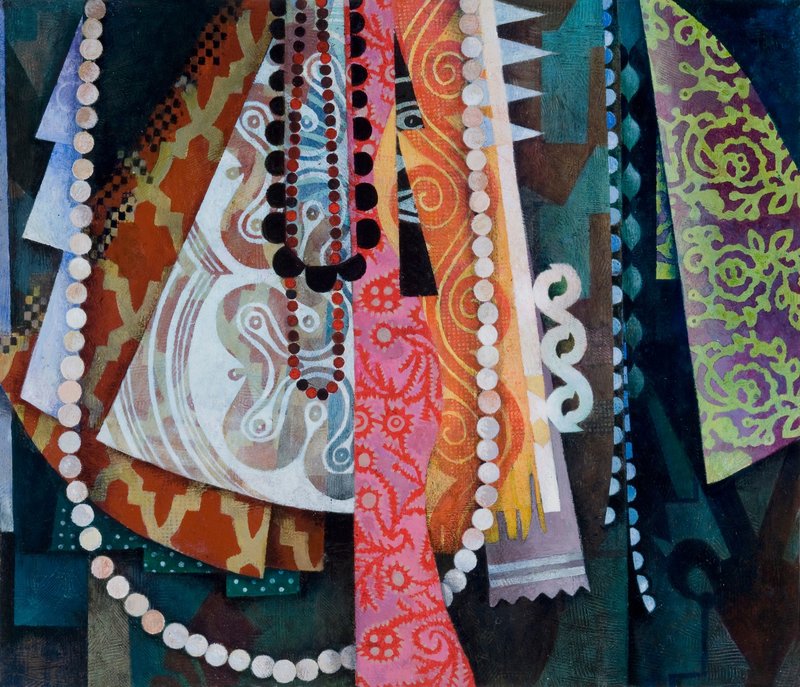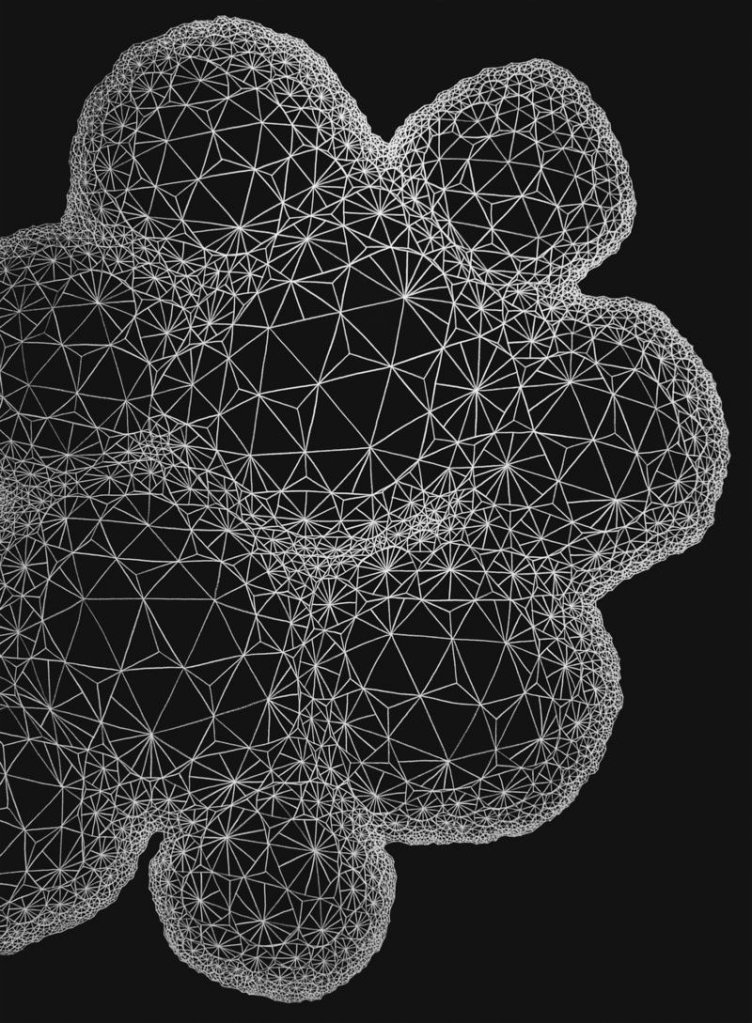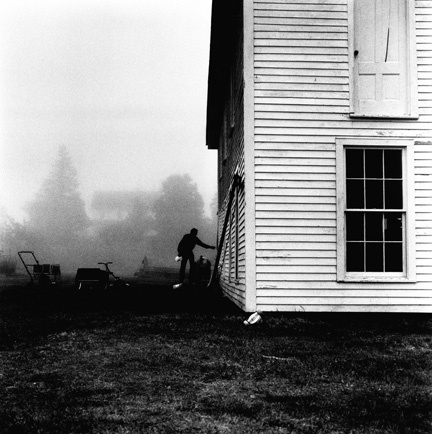A few words about galleries: Their role in the arts is so paramount that we treat them as we do free nights at the museums. They nourish our eyes, and someone else pays the bill. That someone is the gallery owner who we covertly expect to get by on good intentions.
These thoughts are prompted by the recent closing of Whitney Artworks in Portland. They did everything right — work that had edge and durability, handsome presentation and a nice sense of style. Yet, for all that, the Whitney became the 26th Portland gallery to close during the years of my recollection. Statewide, add 16 to the list.
Some opened with a deep breath and a month’s rent. Others were substantially financed and, at times, professionally staffed. But they all closed for the same reason: sales. The communities hobnobbed at the openings, sipped the wine and munched the corn chips, but didn’t buy.
So, folks, if you want your art districts to be more than strings of restaurants, pay your dues. Feed the inner person. Get out and buy a picture. There are some wonderful ones out there.
IF FRED LYNCH hasn’t received a gold medal, one should be struck in his honor. Not because he is a grand old man of abstract painting, but because he has the most optimistic, adventurous and polished eye among the abstractionists. And for his finesse in carrying it off.
I’ve seen Lynch’s shows over the years and, predictably, take pleasure in his ability to enlarge himself. He is ever a step ahead of where he was the last time.
For an exposition of this, see his new work at ICON Contemporary Art in Brunswick.
It’s a very large show — 29 works — of rather small paintings that are accomplished in oil and enamel on a material known as MDF, framed in various ways, and in various postures self-supporting.
For those among us drawn to its scale, ingenuity of presentation (frames are by the artist and integral to a particular work) and to a wide cast of forms within a given vocabulary, it is a jubilee.
You won’t come away from it with a single distinguishing image; you will, however, come away from it with a sense of the infinite possibilities of form within the confines of linear geometry. If you admire discipline and order but would like to see them bent to generous ends, this show could be a landmark.
Lynch uses hexagons and polygons as forms on which to build. With linear additions, they emerge as more patterns and in more scales than I can divine. There can be a blizzard of forms in a work, and they can be achieved by incising, painting and sometimes both.
The colors in them can be more passionate than I would have anticipated, and the frames, geometrically speaking, more flamboyant.
THERE IS a minor conjunction between the work of Fred Lynch and that of Alice Spencer.
Textile patterns once played a role in Lynch’s paintings. In Spencer’s case, they are the source of her work. They account for it so voluptuously and with such luxury that she appears as a singular artist.
There are others who share her passion for textiles, but to make the expression of that passion central to her art is remarkable.
The defining term in this is the word “central.” Textiles are so integral to Spencer’s graphics that you lose your presence in the journey between them.
The division between the weavings and their depiction lessens as we move along; at times, it disappears. They are not equivalents, but there is a transference that I define as an exchange of spirit.
Spencer’s show at Aucocisco in Portland, “Yardage,” is an opportunity to test my responses. She describes her images in it as depicting dry goods of the sort one might see in the stalls of a village market, and reflects on their potential partnerships with the human body. Cloth becomes clothing and bedding, and life unfolds within them.
Her materials are gathered in exotic places, and she presents her images of them as metaphors for human experience. It is a grand mission, and its components are beautiful to behold.
FINALLY, a few words about work by Jon Edwards and Clint Fulkerson at Susan Maasch Fine Art in Portland.
I’ve written about Edwards in the past, but I include him here as a reminder that there remain photographers among us with elegant and sympathetic eyes who work with classic view cameras and produce prints in one of the great traditional mediums.
They are becoming heroes of our time, and deserve particular recognition. Edwards’ black-and-white images of landscapes, simple buildings and interiors are gorgeous.
Fulkerson’s freehand forms in India ink or prisma pencil are evanescent; they’re in flight to the edges of their sheets and beyond. His images are webs gathered from congregations of geometric forms of various densities, and they offer opportunities for imaginary excursions.
I see investigations into cellular biology in Fulkerson’s elegant drawings. You’ll discover other things.
Philip Isaacson of Lewiston has been writing about the arts for the Maine Sunday Telegram for 46 years. He can be contacted at:
pmisaacson@isaacsonraymond.com
Send questions/comments to the editors.






Success. Please wait for the page to reload. If the page does not reload within 5 seconds, please refresh the page.
Enter your email and password to access comments.
Hi, to comment on stories you must . This profile is in addition to your subscription and website login.
Already have a commenting profile? .
Invalid username/password.
Please check your email to confirm and complete your registration.
Only subscribers are eligible to post comments. Please subscribe or login first for digital access. Here’s why.
Use the form below to reset your password. When you've submitted your account email, we will send an email with a reset code.